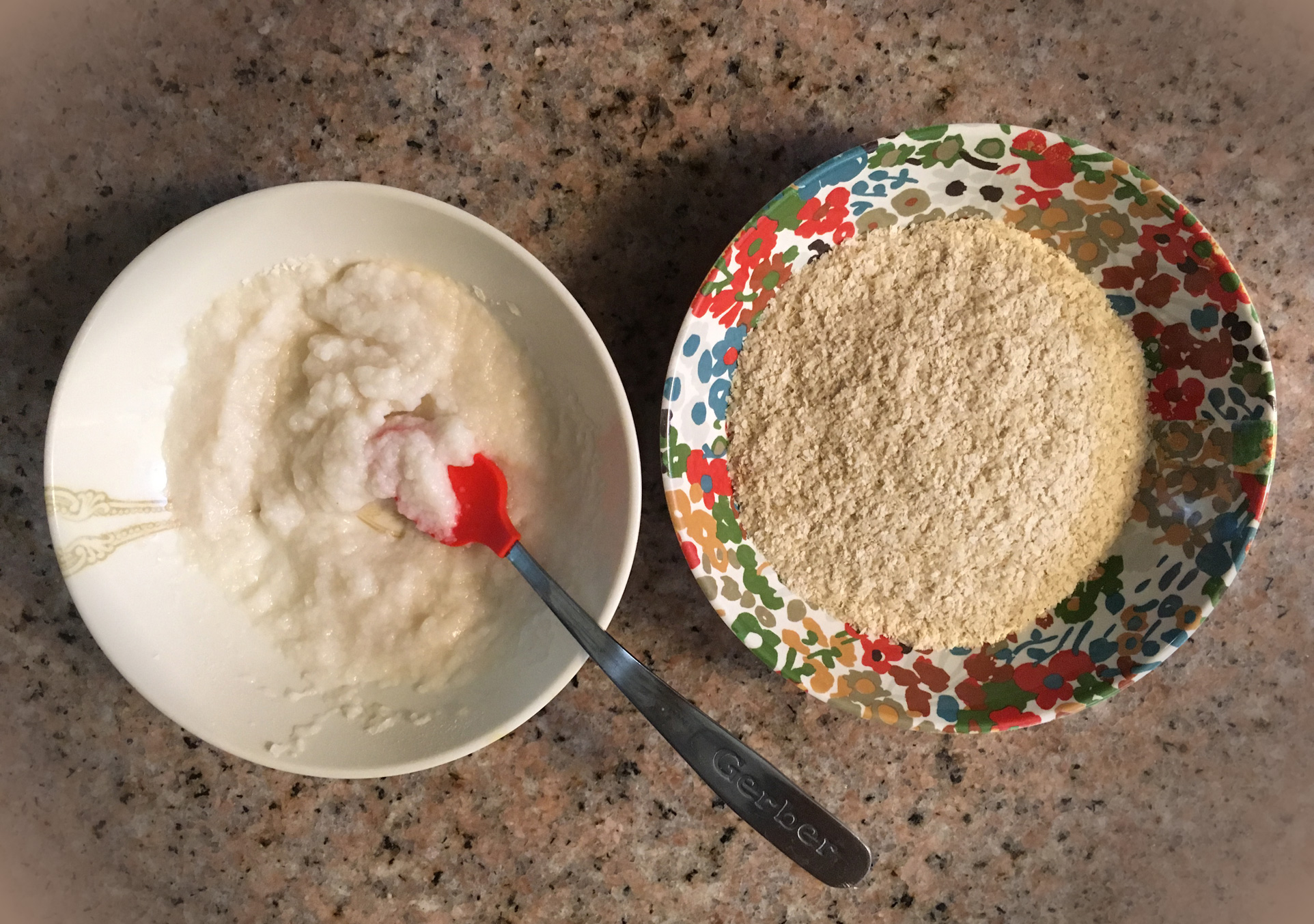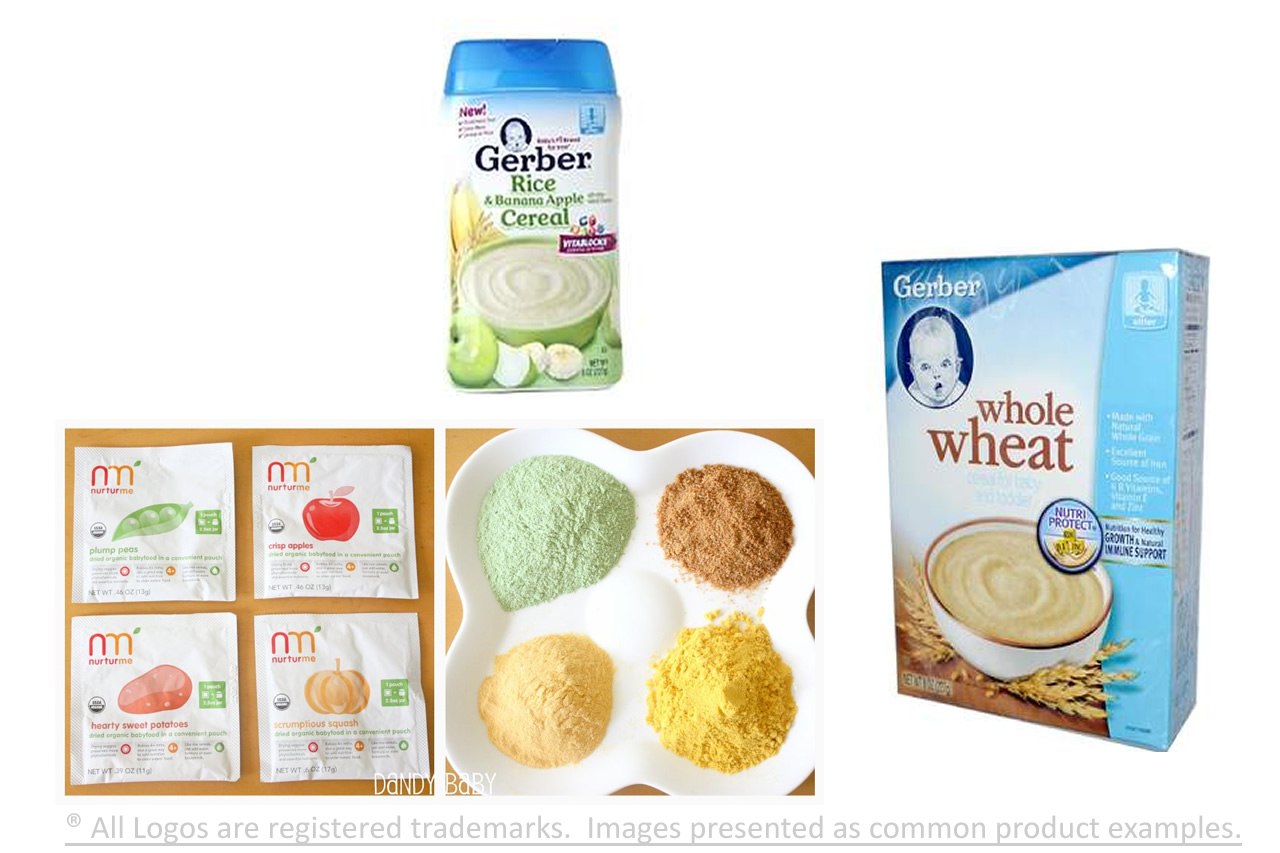Infant Baby Cereal Made Easy
Gerber is one of the leading trademark manufacturers for baby food and is the name many of us think of when someone says Baby Cereal. Do you think you have the next great recipe for infant baby cereal? Need a ready to go manufacturing plant set up? The timeline to set up an efficient manufacturing plant is very important. Drum drying has been part of the manufacturing process for infant cereal-based baby food for over 100 years. At Drum Drying Resources we have the expertise to design, build and install a compete drum drying infant baby cereal production plant seemlessly. .
HIGH PROTEIN
The drum drying process can create a product that will have high protein, will plump pleasingly and have good water absorption for your customers so they will come back for more of your product. Read more on our Infant Cereal Plant Set Up Page - click here.
DELICIOUS
So you have been working on that special recipe. Your friends have been asking for more samples. Is it time to move out of your garage? DDR as solutions.
NEW & REBUILT DRUM DRYERS
Our engineers can design a baby food cereal production line that meets your needs using all new equipment, using rebuilt drum dryers or a combination of both that will help your budget. Learn more about purchasing drum dryers - click here.





